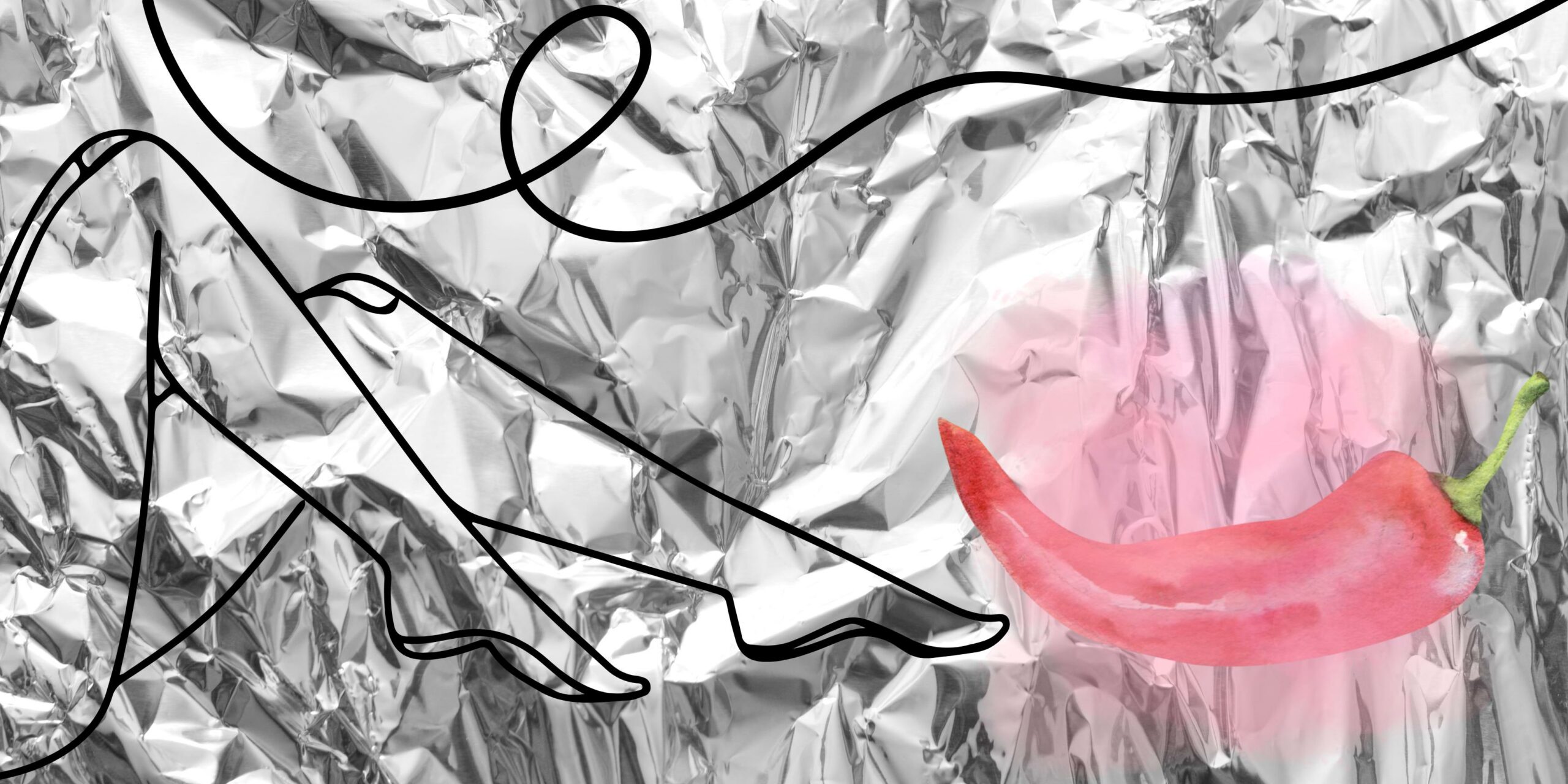More things fall from the sky now.

September 15, 2023
Mara is a junior when the new chicken sandwich comes out. The ads dominate her social feeds, her Spotify (she does not have premium), and the seconds before her YouTube videos start. It’s spicy, apparently. But just how spicy? And spicy to whom, exactly? she wonders.
Several weeks later, Mara has still resisted the advertisers’ siren song, and campus becomes abuzz with the news of Mimi Fly: the campus startup launches an app where students can order convenience store items and fast food to be brought to them via a quadcopter drone.
In the courtyard of their dorm, a group of fifteen students gather and peer upward. Their chosen guinea pig, Franny, has placed a test order on the Mimi Fly app. They mill around for twenty minutes, anticipation thick like the countdown to a kick-off at a football game. Franny’s phone pings. “They’re clogged with demand,” she reports. “There’s a short delay.”
Five minutes later, something foreign hums low in the sky. A black shape hovers twenty feet above, and Franny’s phone pings to warn of item release. Franny dashes to catch it before it reaches the ground—the others scatter, covering their heads. And there, in her hand, is a tinfoil-wrapped spicy chicken sandwich.
Mimi Fly becomes a fact of life. Three days later, Mara’s best friend Mimi Flies her a chocolate bar and Advil when she’s having cramps.
Mara is making out with Clarissa, a sophomore, at around 1 AM on a courtyard bench when a Mimi Flyer malfunctions and drops a parcel too early. So, Mara gets concussed by a spicy chicken sandwich dropped at twenty-five feet.
Mara stops kissing Clarissa and falls to the ground. As if on auto-pilot, she grabs and unwraps the sandwich, and even takes a bite before realizing she never ordered it in the first place. The spice is barely a tickle in the back of her throat, she concludes, before getting too dizzy to sit up.
She gets wired a few thousand dollars by Mimi Fly for her silence. She buys a round of drinks next time her friends all go out and sips on her doctor-mandated orange juice while they all gush with thanks.
More things fall from the sky now. Stale gummy worm bags. A pack of pens. Condoms and lube. A reading packet for ENGL305.
Scandal comes for Mimi Fly the day someone breaks NDA and tells the wrong person that the quadcopters’ pilots are none other than college Air Force ROTC kids. “Stop training the agents of imperialism!” says a petition. “Today’s chicken sandwich, tomorrow’s drone payload,” says an op-ed in the university’s daily newspaper. Students rally in the quad with similar signs. Mara is among them, coasting along the wave of popular disgruntlement now aimed at the start-up.
Who is behind Mimi Fly, anyway? A short woman with a megaphone wants to know. The massed students are unified in their indignation. The day wanes, and attendance dwindles as anger is vented.
Another botched delivery brings Mimi Fly’s reckoning. This time, the biology department—or some RA within—places an order for several thousand fruit flies and larvae (and sour punch straws) via Mimi Fly. Midway through transit to the biology tower, the packages containing the live specimens slip their bonds and splat on an unknown passerby’s head, who is not concussed but is thoroughly grossed out.
This woman’s trauma is not silenceable with a discreet payment. There are too many witnesses. The admin notice goes out within hours—Mimi Fly must cease operations. The organizers of the anti-war, anti-military, anti-Mimi Fly protest put out a triumphant Instagram post shared on multiple students’ stories.
Then, Mimi Fly announces on Twitter that it is limiting fly-by hours for secrecy and stealth. A message from one of the anonymous Mimi Fly founders says:
“CONVENIENCE IS HERE TO STAY.
JOIN THE MIMI RESISTANCE. ORDER NOW.
— J”
Phone chargers appear outside of library windows in the dead of night. Snacks quietly hover. And tin-foiled chicken sandwiches still take flight.
“I can’t believe anyone would use that app.” Mara hears this in between classes, at the dining hall, and at parties. Op-eds in the paper take turns listing the safety concerns and the moral hazards alphabetically and chronologically. But the high social cost of Mimi Flying actually helps them keep operating under wraps. Rule one: You do not talk about Mimi Fly.
One night, Mara is hooking up with Andrea, a senior with long, curly blonde hair. A distant phone notification causes Andrea to freeze mid-cunnilingus and admit that she has left her Android charger in her apartment across town. It is after 2 AM. They make somewhat awkward eye contact across Mara’s crotch. In fifteen minutes, a quadcopter brings a charger for Andrea and a packet of M&M’s for Mara. They mutually never acknowledge this again.
The campus thrums with complaints from students and the hum of rotating wings outside windows at night. The university drafts volunteer ground patrols, eyes skyward throughout the night, aiming handheld laser beams at anything moving. The laser-fried copters are usually taken captive by the administration, though Mimi Fly allegedly also has mysterious runners who scoop up their fallen metal comrades when possible.
There is general public satisfaction with Mimi Fly getting its comeuppance, until it is revealed by an eavesdropper in the dean’s office that the student volunteers with lasers are also ROTC students.
Mimi Fly goes dark just after the university’s lawyers find an obscure code in state law about not using flying objects within a certain mile radius of an airport—this college town actually has a dinky, single-airline airport—and so the administration can finally enlist the police in their crusade properly to take the Mimi Flyers down.
Eventually, Mara hears from someone who knows someone who is in the talking phase with someone who is still secretly on the Mimi Fly team that they are looking into slingshot- and catapult-based delivery solutions. Mara wonders, would a chicken sandwich be able to survive such an approach?



